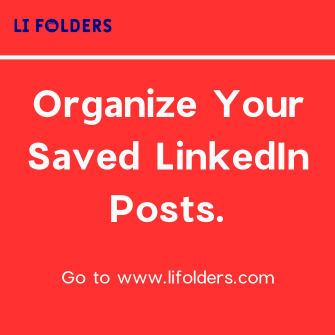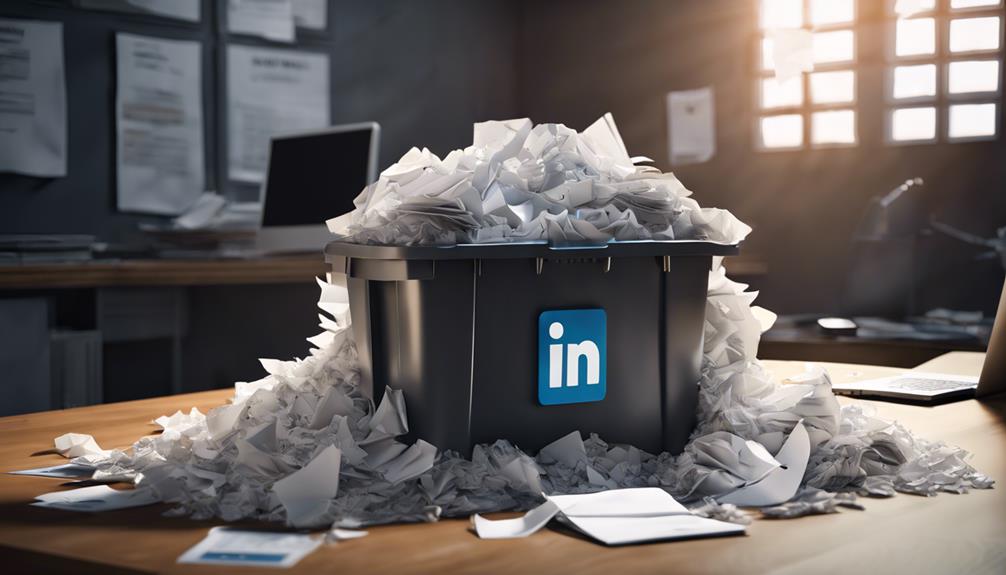
Unfortunately, once you've deleted messages on LinkedIn, you can't directly retrieve them from the platform itself as they are permanently removed. However, you might still have a chance to recover some of these messages through alternative methods. Check your email notifications, as LinkedIn may have sent you copies of the messages when they were originally received. If that doesn't work, you can also try reaching out to your message partner to see if they can resend the information. For more proactive steps and helpful strategies to prevent future losses, you'll find additional guidance just around the corner.
Understanding LinkedIn's Messaging System
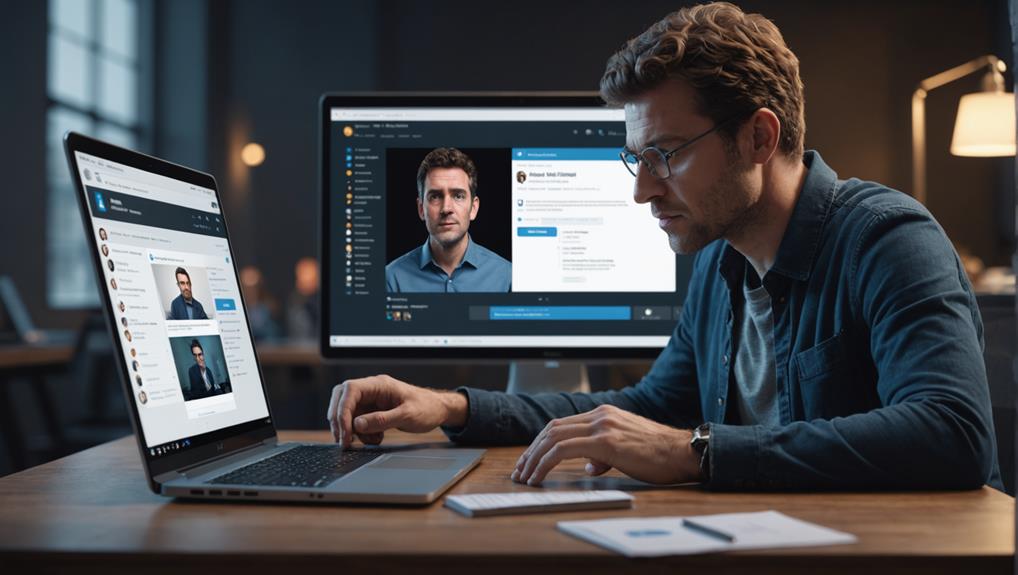
LinkedIn's messaging system lets you send and receive messages directly with other professionals in your network. This feature is a gateway for you to forge not just connections but also potential partnerships, mentorships, and even friendships within your industry. It's more than just a tool; it's your entry into a community of like-minded professionals who are all navigating the same waters as you are.
When you're using this platform, you're not alone. You're part of a vast network where every message could lead to a new opportunity or a supportive professional relationship. Whether you're reaching out for advice, sharing a job lead, or simply making an introduction, your words can bridge the distance between anonymity and recognition in your professional circle.
How Deletion Works on LinkedIn
When you delete a message on LinkedIn, it's permanently removed from your account. This action is definitive, meaning you can't simply retrieve it from a trash bin or recently deleted folder like you might with emails or other messaging platforms. It's part of LinkedIn's commitment to privacy and control over your professional communication.
You might feel a bit isolated knowing that once you delete a message, it's gone for good. However, this feature is designed to give you peace of mind, ensuring that your space remains clear and uncluttered. It's like having a clean desk, where only the items of current relevance sit in front of you, making your professional interactions as efficient as possible.
Steps to Check for Recoverable Messages
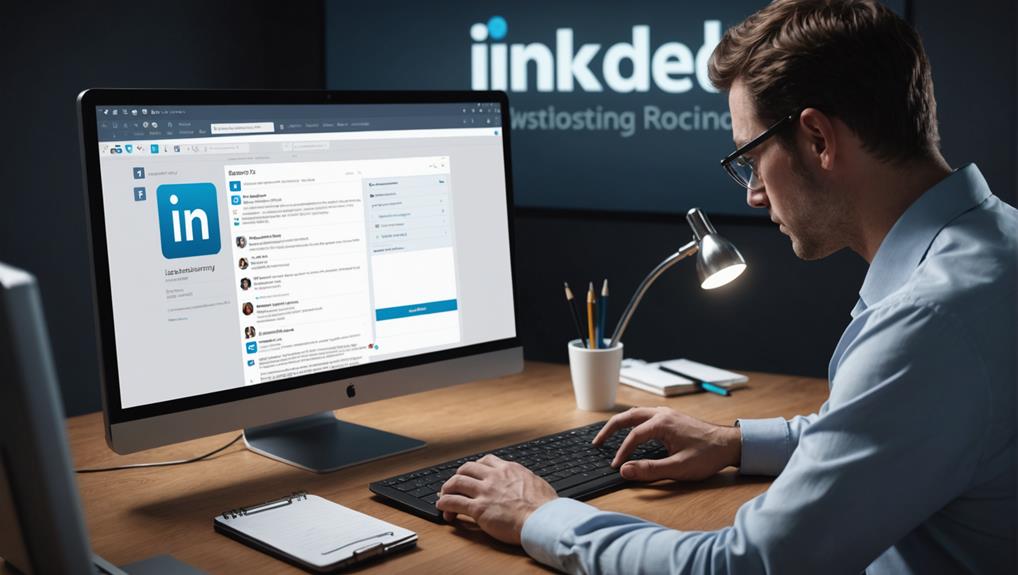
Check if your messages are recoverable through other means, as once deleted, they are no longer accessible via LinkedIn itself. You're part of a community that thrives on connections, so it's natural to want to retrieve what seems lost.
Firstly, don't worry—you're not alone in this. Many of us have been in the tight spot of accidentally deleting a message. Start by checking your email. LinkedIn often sends notifications when you receive messages. If you've enabled this function, you might find copies of the deleted messages there. Look in your inbox or even the trash and spam folders; sometimes, these notifications can be misfiled.
Next, consider any other devices where you might be logged into LinkedIn. Sometimes, messages might not sync across all devices immediately. Check your phone, tablet, or even another computer to see if the missing conversations are still there.
Lastly, reach out to the person you were chatting with. It's a long shot, but they might have the messages you've lost and could resend the important parts. Remember, you're part of a network that's all about supporting each other. Don't hesitate to ask for help—you might be pleasantly surprised by the willingness of others to assist.
Tools and Software for Recovery
You might consider using third-party tools and software to recover deleted LinkedIn messages. It's comforting to know you're not alone in this—many have faced this issue before and have turned to these tools as a lifeline. These solutions often provide a sense of community through user forums and support teams ready to guide you through your recovery journey.
Among the popular choices, data recovery programs like EaseUS Data Recovery Wizard and Stellar Data Recovery stand out. They're designed to help you retrieve what seems lost, digging deep into the nooks and crannies of your digital footprint. It's like having a tech-savvy friend who's got your back, ensuring you regain access to important professional communications.
Using these tools typically involves installing the software on your computer, connecting to the storage where your LinkedIn data was synchronized, and following straightforward prompts to scan and restore messages. The community forums for these tools are also a great place to connect with others who've navigated similar challenges, sharing tips and encouragement. Remember, while the process can sometimes feel lonely, you're part of a wide network of users who support each other in getting back what's important.
Contacting LinkedIn Support
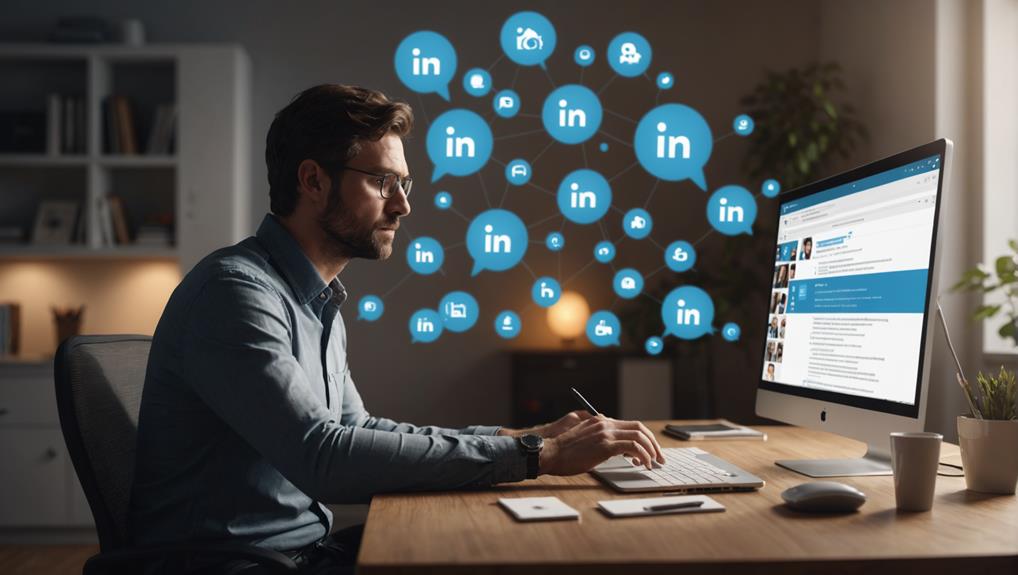
If your efforts with recovery tools haven't brought back your messages, reaching out to LinkedIn's support team might be your next step. You're not alone in this. Many users face similar challenges, and LinkedIn's support is there to help you feel connected and supported.
Start by visiting LinkedIn's Help Center. Here, you can search for guidance on recovering messages or directly submit a help request. Look for the "Contact Us" link, often found at the bottom of the Help Center page. This will guide you on how to proceed with personal assistance.
When contacting them, be clear and concise in your communication. Describe your problem thoroughly: when you noticed your messages were missing, what steps you've already taken to retrieve them, and any other relevant details. This information will help the support team understand your issue better and provide you with the most effective assistance.
Tips to Prevent Message Loss
To prevent the loss of LinkedIn messages, regularly back up your conversations. This simple habit ensures you're not left out of the loop if something goes awry. Think of it as securing a lifeline to your professional community. Keeping a backup feels like having an insurance policy for your network interactions, so you're always ready to engage and reconnect.
You're part of a dynamic, interconnected professional world where every message can lead to an opportunity. To keep these lines open, consider syncing your messages with your email. Each time you receive a LinkedIn message, you'll get a copy in your email inbox. This way, you're not solely dependent on LinkedIn's servers, and you have easy access to past conversations when you need them.
Also, make it a routine to take screenshots of crucial conversations. Whether it's job offers, project details, or valuable advice, having a screenshot means you hold onto those important moments. Store these images in a dedicated folder—your personal archive of professional milestones.
Alternative Solutions and Workarounds
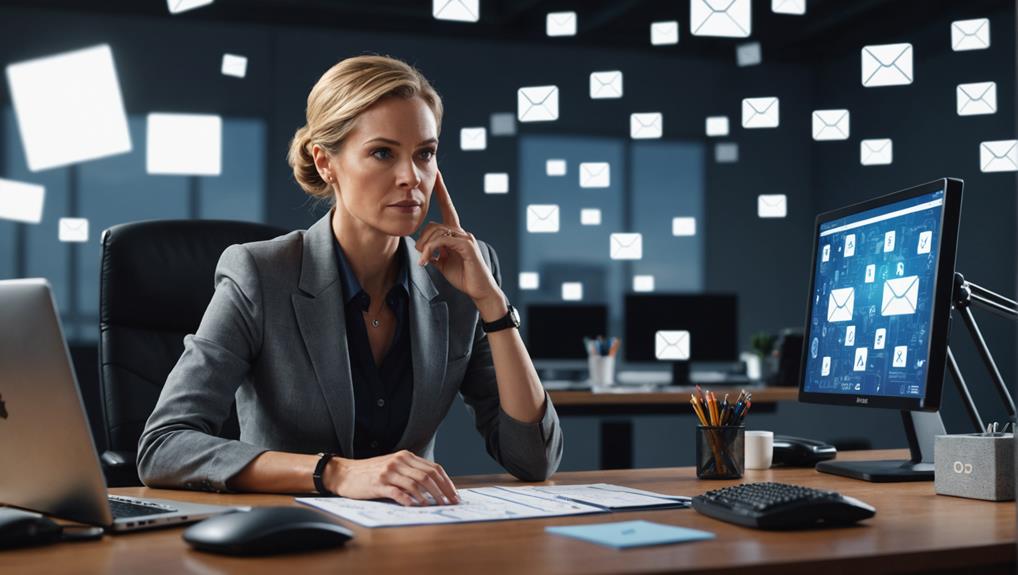
Despite your best efforts, sometimes messages get deleted; here are some alternative solutions and workarounds to retrieve them. If you've synced your LinkedIn account with your email, check there first. Often, LinkedIn sends notifications about messages to your linked email account, and you might find copies of your messages saved in your email archives.
Another approach is to reach out directly to the sender. Explain the situation and ask if they can resend the information. Most people understand that tech glitches happen and will likely be willing to help. This not only solves your immediate problem but can also strengthen your connections by showing your willingness to communicate openly and solve issues.
Consider using a professional data recovery service if the information lost is crucial and cannot be retrieved through other means. These services can sometimes recover deleted data from your devices, although success isn't guaranteed and it can be costly. Always ensure you're dealing with a reputable service to avoid scams.
Lastly, take this as a learning experience. Invest in a good backup solution for your important data moving forward. That way, you're less likely to find yourself in this predicament again, and you'll feel more secure in your digital interactions.
Conclusion
You've explored every avenue, from understanding LinkedIn's messaging system to trying out recovery tools. If you've had no luck with those steps, reaching out to LinkedIn support might be your best bet. Remember, regularly backing up important messages can save you a headache in the future. If all else fails, consider alternative solutions like directly asking the sender to resend the information. Stay proactive and organized to prevent this issue from cropping up again.






